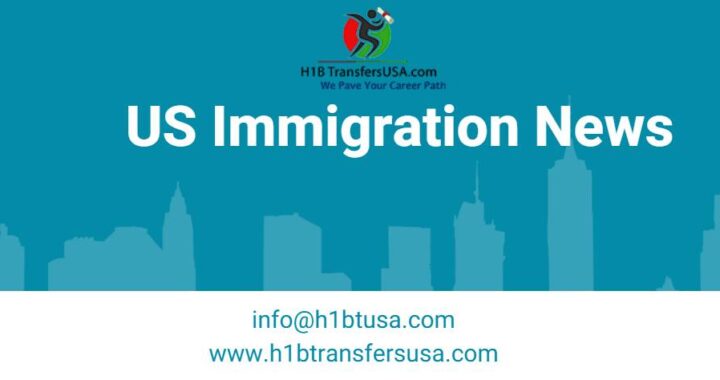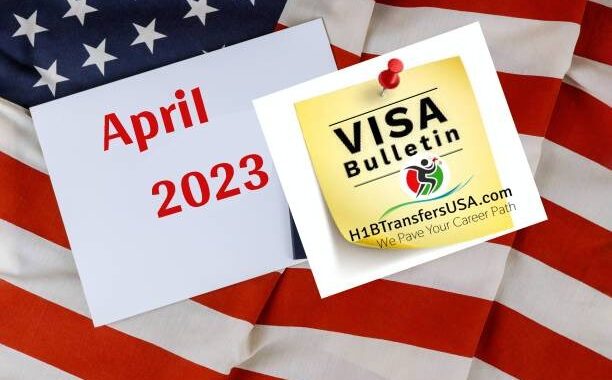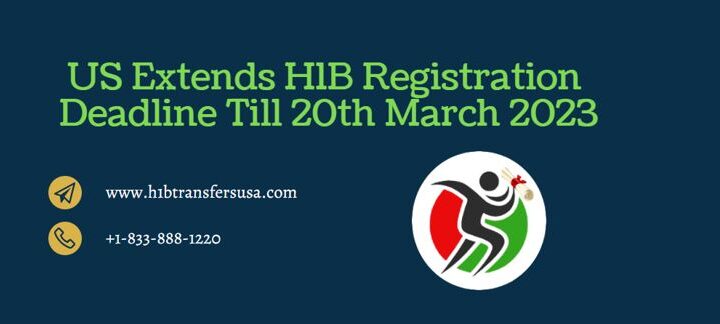Five new steps the United States has taken to help immigrants
3 min read
Immigrants: The United States has taken a slew of steps over the past couple of months to get visa and immigration services back on track, and clear backlogs post-pandemic.
From premium processing to visa extensions for international students. These are the five new changes declared by the United States Citizenship and Immigration Service (USCIS) you should take note of.
Immigrant’s Work authorizations (For spouses of H, E, and L visa holders)
A new guide has been issued for work permits of H, E, and L spouses.
- From now on E and L-dependent spouses will no longer be required to apply for EADs.
- Some H-4, E, or L-dependent spouses will qualify the bill for an automatic extension of their current employment authorizations and accompanying EADs provided. They properly file an application to renew them before they expire. And have an unexpired Form I-94 showing their current status.
- Automatic extension of their EADs will continue until the end date on Form I-94 showing valid status. The approval or denial of the EAD renewal application, or 540 days from the date of termination of the past EAD (whichever comes first).
J-1 visa extension
STEM (science, technology, engineering, and mathematics) students, including recent graduates who need to commence academic training no later than 30 days. After completion of their STEM-related studies, can now extend their J-1 visas for up to 36 months.
The Department of Homeland Security (DHS) has additionally added 22 new fields of study have been added to the STEM Optional Practical Training (OPT) program.
O-1 Visa guidelines
An extended rule has been issued for O-1 work visas for individuals with remarkable aptitude in certain fields. Such as sciences, education, business, athletics, arts, or motion picture or television production.
It is critical that the candidate exhibits “extraordinary ability by sustained national or international acclaim. Or a record of extraordinary achievement in the motion picture and television industry. And must be coming temporarily to the United States to continue work in the area of extraordinary ability.”
The new rule focuses on submitting evidence that is of the same significance to that criterion. To establish sustained acclaim and recognition in case a candidate exhibits. That a particular criterion does not readily apply to their occupation.
Premium Processing (For EB-1 and EB-2 holders) | Immigrants
A premium process has been introduced for 140 petitioners who have pending petitions under the EB-1 and EB-2 categories.
The extension will work in stages :
- From 1st June 2022: Form I-907 requests for E13 multinational executive and manager petitions (received on or before 1st January 2021) will be accepted.
- 1st July 2022, onwards: Form I-907 requests for E21 NIW petitions (received on or before 1st June 2021, and E13 multinational executive and manager petitions received on or before 1st March 2021) will be taken into consideration.
The premium processing availability of extra Form I-140 employment petitions, and change of status I-539 forms. Also, I-765 EAD forms will continue to take place during the several phases of development.
Extension Of Period Of Authorized Work
Certain renewal candidates who have filed Form I-765, Application for Employment Authorization, qualify for an automatic extension of their expiring employment authorization and additionally EADs while their application is pending. This includes family, work, employment, specialty, TPS, asylum, and diversity candidates.
[July 2022 Visa Bulletin Predictions]
This extends the candidate’s authorized period of work from 180 days to 540 days. The USCIS trusts this will help immigrants avoid gaps in employment due to pending EAD renewal applications.






